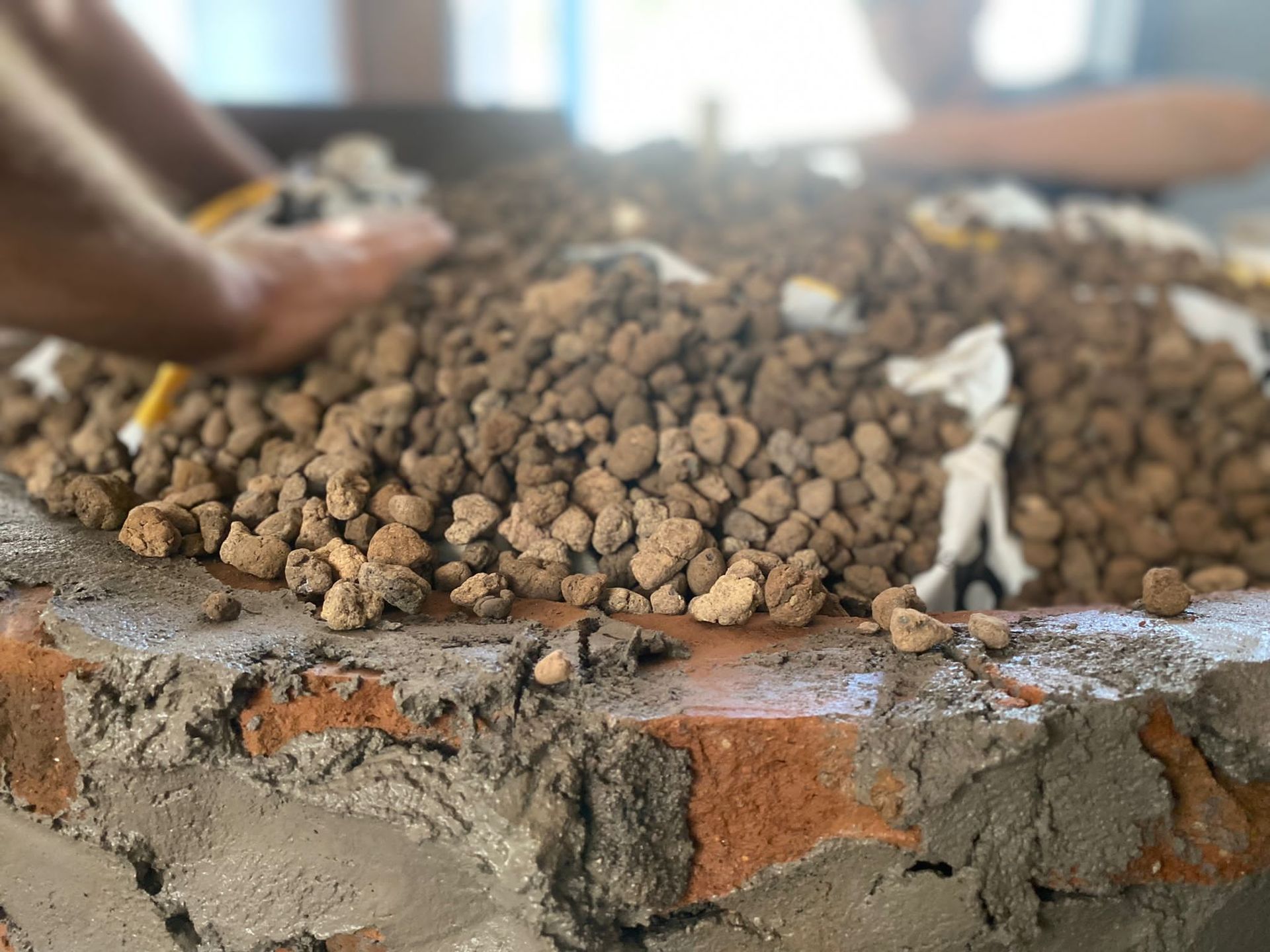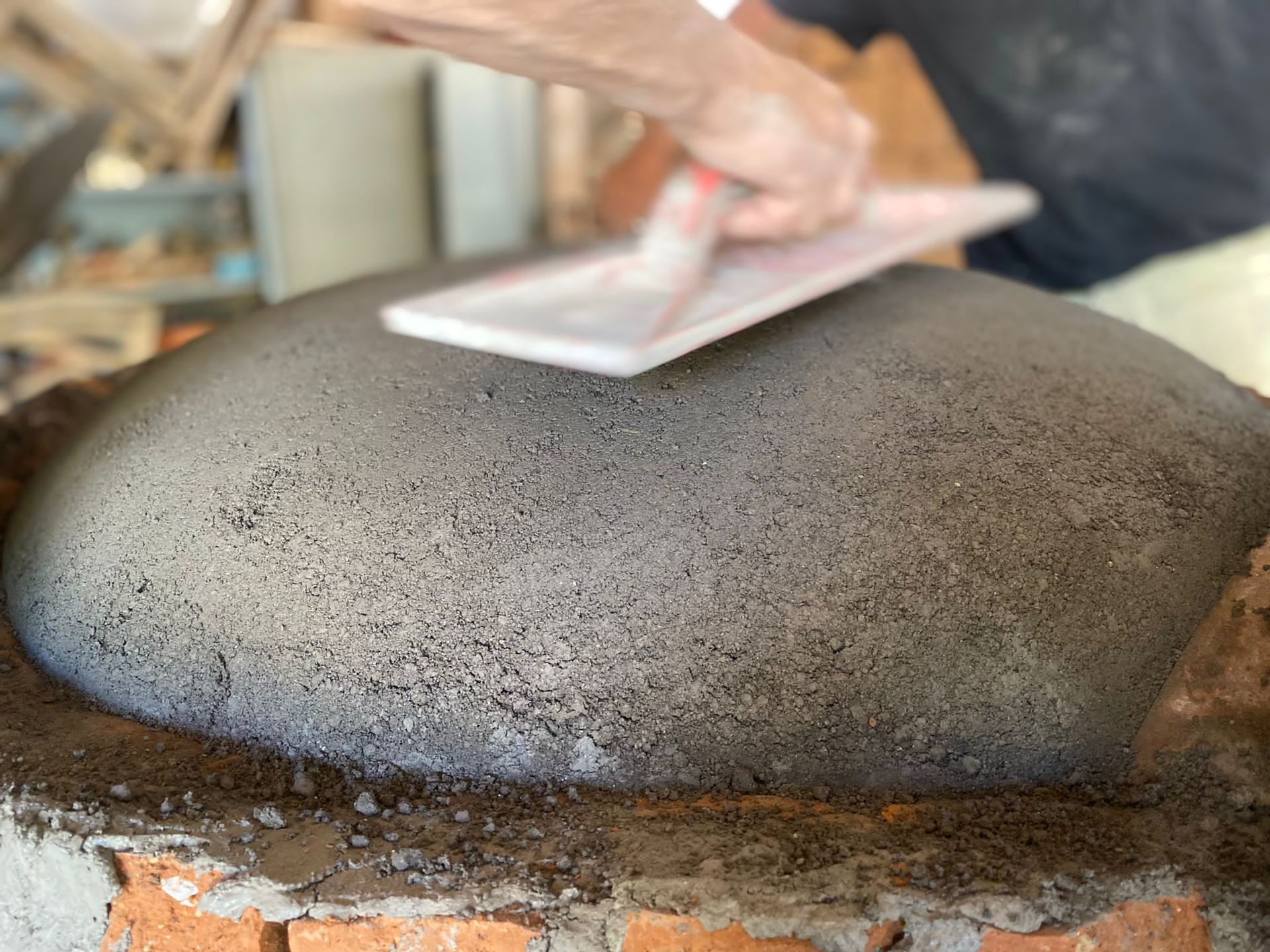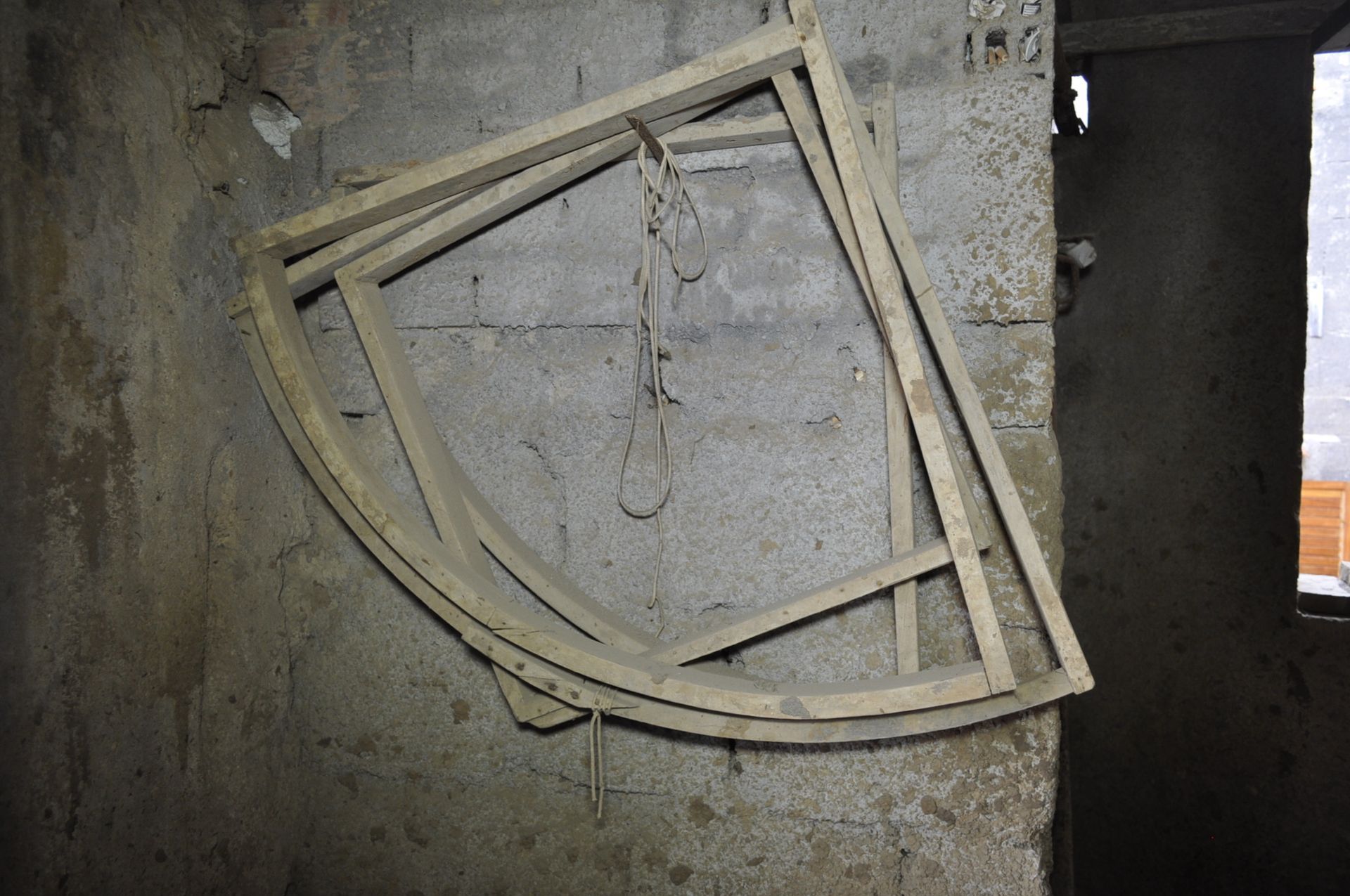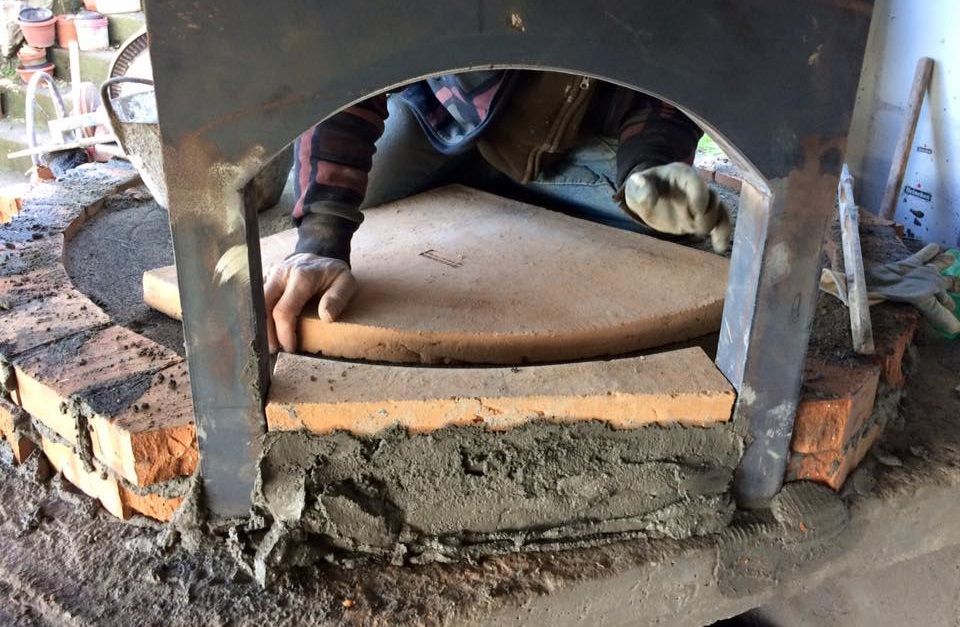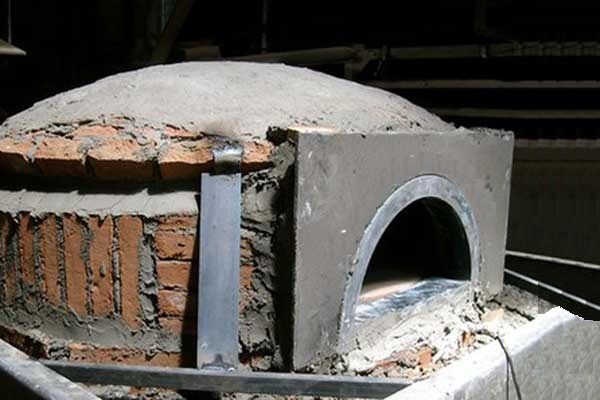The potters in Maiano
Few know that the art of making stone slabs is one of the oldest crafts on the Sorrento peninsula.
This craft is still an unusual one today, thanks to the special properties of the clay, which is rich in the silicon that characterises our landscape. Worked by hand, it makes the slabs very porous, so they heat up quickly and maintain their heat.
Manufacturing in the past was intense (it is first mentioned in Sorrento in a document from 1492); the tiles on some roofs on the peninsula testify to this, as do other old turned products like warming pans, braziers, vases, money boxes and clay pipes.
Roots and raw materials
Clay is extracted by hand, leaving large holes in the ground (sometimes up to 25 feet deep) in the citrus groves here – to the great advantage of the farmers, as they can be filled up with less compact material, like scraps from kilns, which encourages new citrus trees to take root.
Until a few decades ago, all this was done by 50 to 60 craftsmen. In a few corners of the village you could find large heaps of clay, which were often played on by children.
Unfortunately, tile manufacturing disappeared after the Second World War, when factories began mechanical production, which went on to harm other pottery work.
Craftsmanship
But the clay men of Maiano did not pick up on the developments that were going on elsewhere – they were still getting clay out of the ground by hand in the late '80s!
Traditionally, the clayey earth was then dried by spreading it over the courtyards of the workshops, after which it was pressed and cut it into smaller portions with a special wooden tool and put in pots with water. The clay was later taken out of the pots, fried and mixed with the rest to obtain a uniform paste, which was left for at least a day before it could be used.
A layer of about 4 inches of clay was wetted a few times and smoothed with a wooden trowel, then spread with sea sand. A circle was drawn with a pair of compasses and the paste spread in a uniform width with a ruler.
A new circle was drawn and divided into four, 12 or 16 pieces, depending on the size of the layer, and cut using string and a knife.
The water held in the clay was absorbed slowly until the various pieces could be lifted from it and left to dry on tables, separated by little wooden frames and often placed along the road against the walls of the workshops.
Baking and finishing
Once dried and cleaned of the scratches left by the knife, the pieces were placed in a beehive formation in the kilns, in order that the wood fire baked them gradually and uniformly. The baking was monitored through small holes in the kilns.
Thus ended the production process of the baking floors, which is carried out almost the same way today, except for some small details, like the use of mills and mechanical rollers for the dough, an operation which in the past required a huge amount of manual labour, as well as wooden frames that have already been used.
Unfortunately – or fortunately – several things have prevented modernisation. First of all, going to school was a privilege enjoyed by a few and so many heads of families, lacking education, became small businessmen not by choice but because, having joined their parents' companies, they automatically became the future owners.
Added to this was the fact that, after the Second World War, there was a great demand for land and bricks, as new bakeries were set up in addition to the old ones, which resumed work at full capacity.
The great demand at this time in history meant there was no time to innovate, but we tried to cope by bringing the women in the family on board.
Overproduction soon resulted – and therefore a dramatic drop in prices.
So, for once, the different families who had almost always been at odds with each other began to collaborate somewhat.
Evolution and exclusivity
Someone then tried to perfect not the clay or the brick but the construction of the oven itself, patenting a model with an external combustion chamber, which meant bakers did not have to clean the inside of the oven before putting food inside.
Being conservative, perhaps, was the real reason for the lack of renewal; if on one hand bakers had asserted that the "dough" made with the mixer had the same anomalies as that made by hand, or carpenters had integrated the manual tools with new machinery, the clay men of Maiano were hesitant to adopt new ways until a few decades ago.
Another handicap was and still is that of space; even for a small industry like this you need large spaces, for everything from storage of the raw material, which often ends up in landfills together with other by-products.
As a result of this and other problems, there are only two potteries running today, even though just 60 to 70 years ago there were six or seven, which provided work to dozens of families, making it one of the most prolific production sectors on the Sorrento peninsula.
Today our master craftsmen at Forni Aversa make stone slabs that are used to create ovens for bakeries and pizzerias all over the world.




